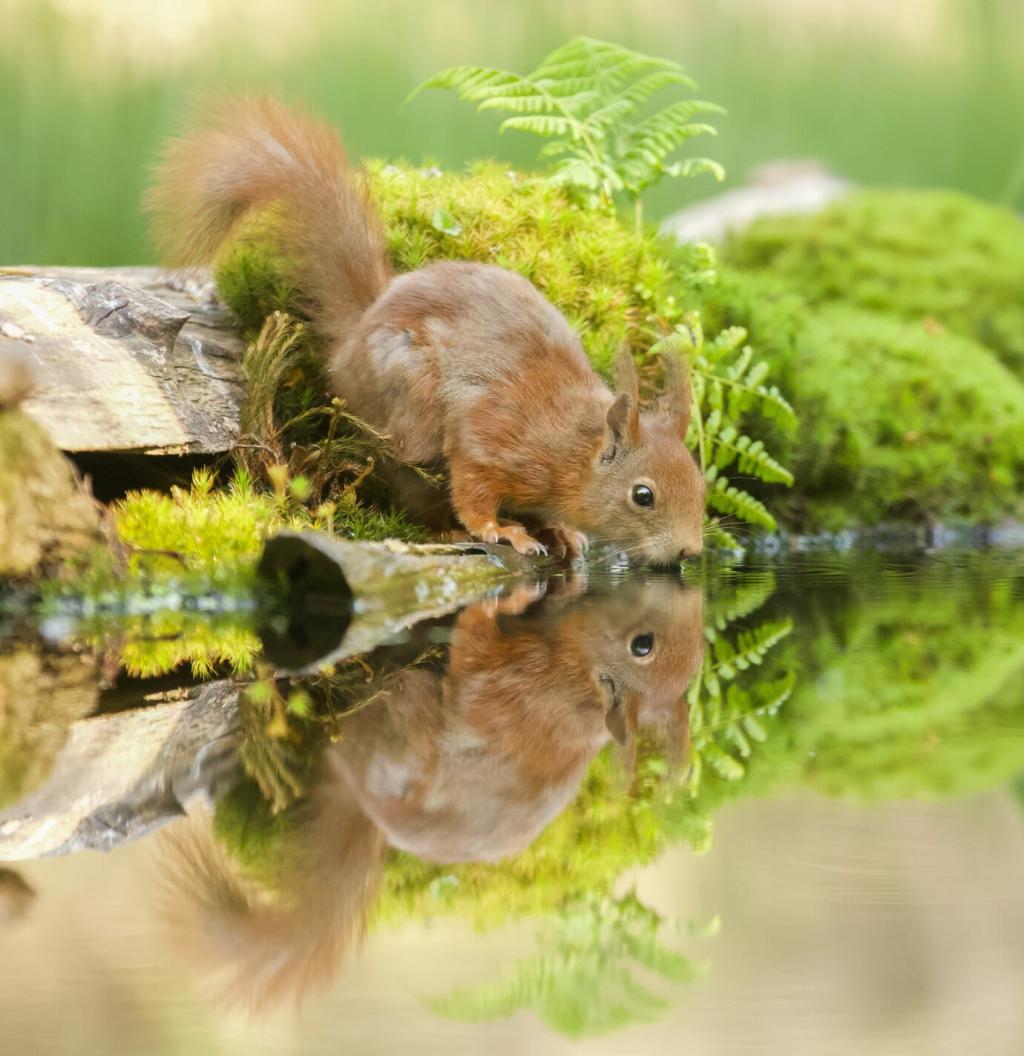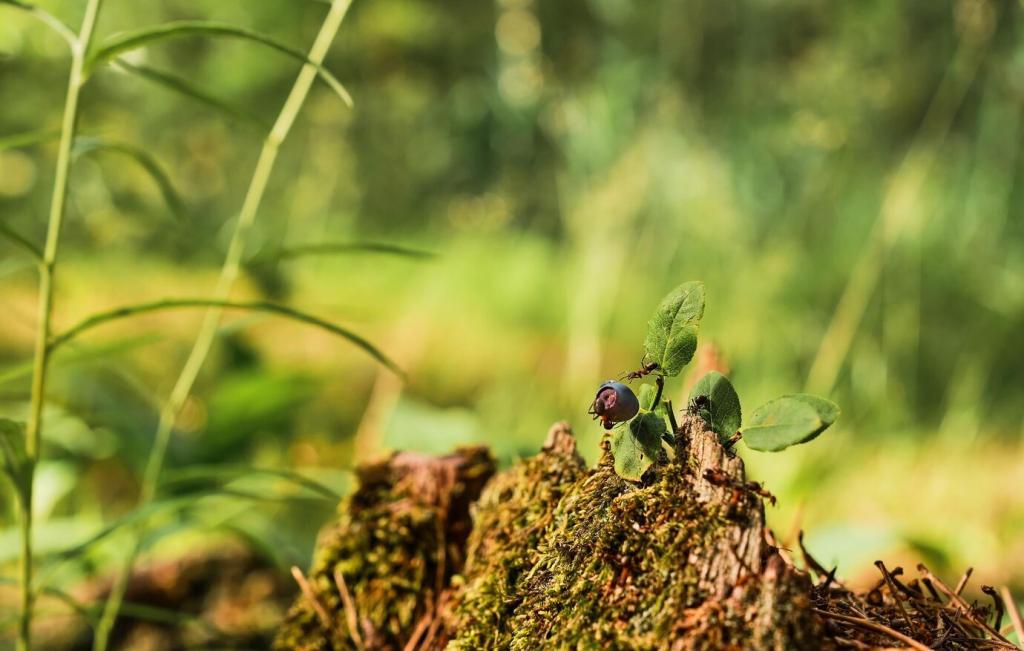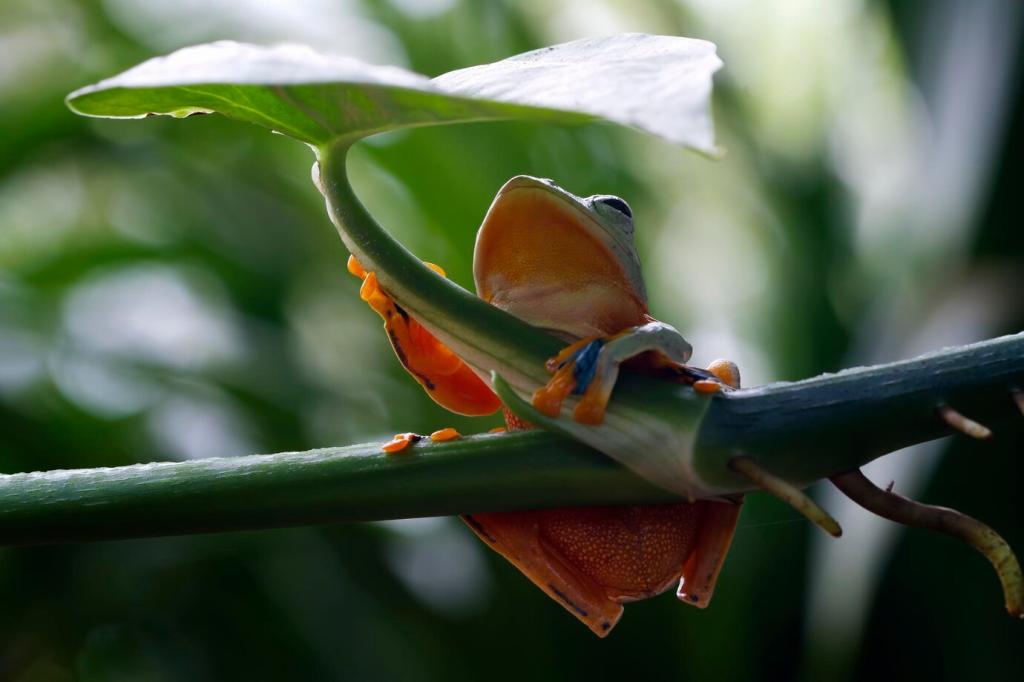Rare Plants Found in National Parks: Hidden Green Marvels
Why Rare Plants Flourish in Protected Parks
In remote valleys, cliff ledges, and alpine bowls, isolation reduces disturbance and competition, allowing rare plants to evolve unique traits. These living time capsules remind us why protected boundaries and thoughtful visitor behavior matter so profoundly.
Why Rare Plants Flourish in Protected Parks
Serpentine, gypsum, dune, and volcanic soils can limit common vegetation, opening space for specialists with remarkable tolerances. Learn to read rocks and earth tones; soil chemistry often writes the first chapter of every rare plant’s survival story.

The Moment of Discovery
Mist rose from the canyon as a pale, star-shaped flower appeared between sunlit stones. Knees bent, breath held, the hiker noticed tiny beetles dusted with pollen, turning a simple walk into a life-long promise to tread more lightly.

Respecting Distance and Limits
No plucking, no touching, no stepping off-trail. A respectful pause, a soft whisper, and a quick glance at your map ensure the plant’s habitat remains intact for the next visitor, the next bloom, and the next generation of pollinators.
Specialists that Make Life Possible
Some rare flowers open at dusk for a single moth species; others depend on solitary bees emerging after late snowmelt. Understanding these delicate rhythms helps us appreciate why timing, climate, and habitat continuity matter profoundly.
Threats in a Changing World
Drought, shifting snowlines, altered fire intervals, and invasive competitors can break ancient partnerships. Park monitoring programs track phenology and survival, inviting visitors to report observations that might reveal early warning signs of stress.
Citizen Science with Care
Join park-approved surveys, photo-monitor blooms from established trails, and log observations through sanctioned apps. Your careful notes can guide seed collection priorities, restoration plans, and targeted research that sustains rare plant populations.
Conservation in Action: Seeds, Fire, and Patience
01
Seed Banking and Living Collections
Conservationists collect small, ethically approved seed samples and safeguard them in cold storage. Backups protect genetic diversity against storms, pests, or unexpected disturbances. One day, they may help reestablish populations after habitat recovery.
02
Invasive Species Management
Volunteers and rangers remove aggressive invaders that smother fragile natives. If you join, clean boots and gear meticulously before hikes. A single stuck seed can introduce unwanted competition that slowly erodes a rare plant’s chances.
03
Fire as a Natural Sculptor
Some rare plants germinate after specific heat cues or ash chemistry. Carefully planned burns, guided by science and tradition, can reset habitats, open canopies, and cue hidden seedbanks to awaken after years of dormancy.
Spot Without Spoil: A Visitor’s Field Code

Before searching, study slope, shade, soil, and moisture. Rare plants often occupy edges—seeps, ledges, and wind-scoured ridges. Slow down, scan carefully, and use binoculars to observe delicate details without stepping off established paths.
Seasons of Rarity: Timing Your Trek
When snow retreats, alpine ridges ignite with tiny cushion plants and short-lived flowers racing the wind. Plan early starts, carry layers, and watch for fragile, patterned mats that are easily crushed by a single careless step.
